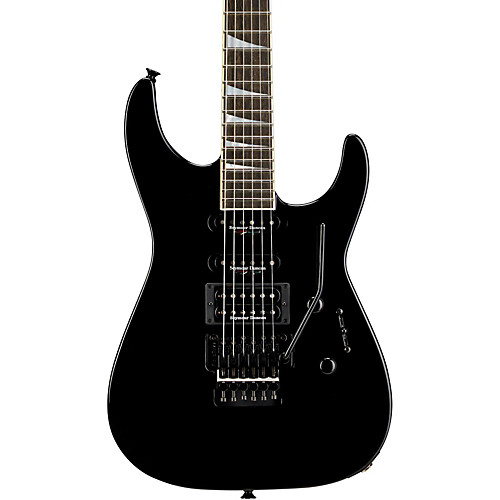
But Jackson was concerned that this radical departure from the Charvel neck design might prove unpopular and not wishing to diminish the Charvel name, added his own name to the headstock. Rhoads referred to the shape of this second design as the ‘Concorde’. This resulted in an association of Charvel guitars with many famous guitarists of the rock and heavy metal genres.Ĭollaboration with Randy Rhoads on a signature model guitar produced a prototype that was insufficiently angular for Rhoads and so a more angular neck/head was produced to match the asymmetrical, ‘Flying V’ body. These ‘superstrats’, as they became known, were well suited to the heavy rock and metal music of the 1980s and Charvel ornamented their guitars to appeal to this market.

Under Jackson’s ownership, Charvel popularised a modernisation of the classic Fender Stratocaster design, involving replacement of the single coil pickup at the bridge with a humbucker and various other refinements. When Japanese companies began copying his parts, Charvel began to make complete guitars before selling the company outright to Grover Jackson in 1978. I decided that this was a good time for a re-appraisal of the Jackson’s provenance and specifications –Īfter working for Fender, Wayne Charvel established his own California workshop in 1974, building a solid reputation for Fender repairs and custom parts. In examining the instrument I realised that it is now 25 years old, yet remains in virtually ‘as new’ condition despite much use. I was surprised to find that it needed very little attention or even tuning.

I recently returned to playing solid-bodied, electric guitar and so had reason to take my Jackson Stealth from its case.


 0 kommentar(er)
0 kommentar(er)
